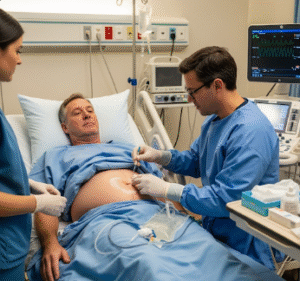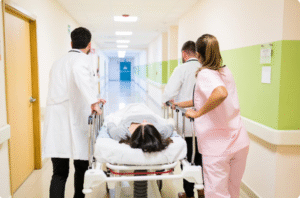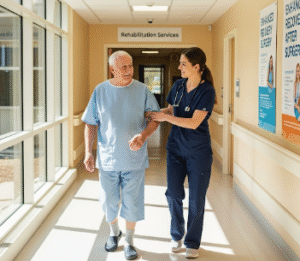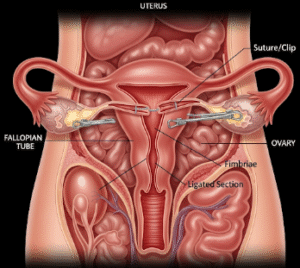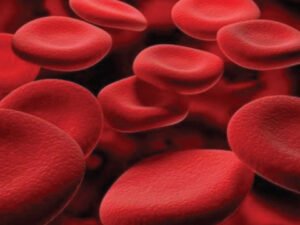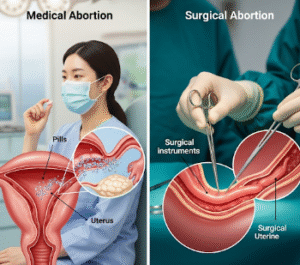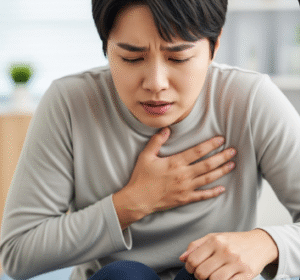Overview
Radon gas is a naturally occurring, radioactive gas that forms from the decay of uranium in soil, rock, and water. It is colorless, odorless, and tasteless, making it impossible to detect without specialized testing. Long-term exposure to high levels of radon gas is a major cause of lung cancer, second only to smoking. In Korea, government health agencies and environmental monitoring programs actively test and regulate radon levels, especially in residential buildings and workplaces, to minimize public health risks.
What is Radon Gas?
Radon is a radioactive noble gas that seeps into buildings through cracks in foundations, walls, floors, and gaps around pipes. Outdoor radon disperses quickly and is generally harmless, but when trapped indoors, it can accumulate to dangerous levels. Exposure over months or years allows radioactive particles to lodge in the lungs, increasing cancer risk.
Symptoms
Radon gas itself does not cause immediate symptoms. However, prolonged exposure can lead to lung damage, and symptoms may appear years later, including:
- Persistent cough
- Shortness of breath
- Chest pain
- Wheezing
- Unexplained weight loss
- Coughing up blood (in severe cases of lung cancer)
Causes
Radon gas exposure occurs when:
- Living or working in a building with poor ventilation and high radon infiltration
- Building foundations are in contact with uranium-rich soil or rock
- Underground spaces such as basements trap radon gas
Risk Factors
- Living in areas with high natural uranium deposits
- Poor building ventilation
- Spending significant time in basements or ground-floor rooms
- Smoking (greatly increases lung cancer risk from radon)
- Working in mines or underground facilities without adequate ventilation
Complications
- Increased risk of lung cancer (especially in smokers)
- Chronic respiratory problems
- Reduced overall lung function
Prevention
- Testing homes and workplaces for radon using certified kits or professional services
- Improving ventilation in basements and crawl spaces
- Sealing cracks and openings in foundations and floors
- Installing radon mitigation systems if levels exceed safety thresholds
- Regularly re-testing radon levels after building renovations
Treatment Options in Korea
Diagnosis
Radon exposure is measured through air testing kits or continuous radon monitors. For suspected health effects, Korean hospitals use chest X-rays, CT scans, and lung function tests to check for damage.
Medical Treatments
There is no direct medical treatment to remove radon from the body. Care focuses on:
- Lung cancer screening for high-risk individuals
- Early treatment of respiratory issues
- Smoking cessation programs to reduce combined risk
Surgical or Advanced Therapies
- Surgical removal of cancerous lung tissue in early-stage lung cancer
- Radiation therapy, chemotherapy, or targeted therapy for advanced cases
Rehabilitation and Support
- Pulmonary rehabilitation for chronic lung conditions
- Oxygen therapy if lung function is significantly impaired
- Counseling and education on radon safety measures


